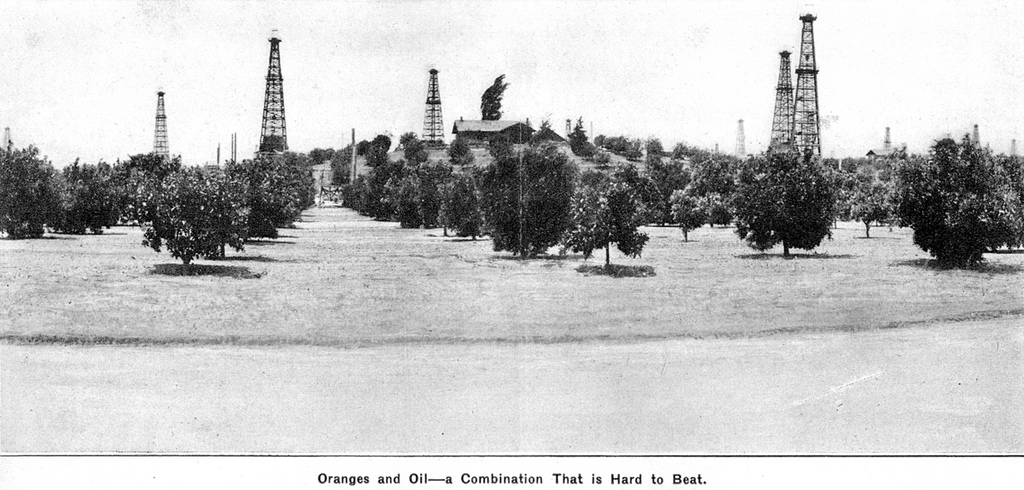
“March 11, 1919 put Orange County in the black in more ways than one. On that day Fullerton area citrus grower Charles C. Chapman watched as his gusher came in. Thousands of gallons of crude oil flew into the sky at Chapman No. 1, his Placentia-Ritchfield District well leased to the Union Oil Co. This well began producing 8,000 barrels of oil a day and quickly became the most productive single well in California.
Representatives of Rockefeller family-controlled Standard Oil were impressed, too, and scouted the surrounding countryside. Standard quickly leased the Samuel Kraemer property across the street and drilled six wells including the deepest “Kraemer Zone” well. All were productive in 1919.
The county’s single most productive “soil product,” crude oil, accounted for nearly on fourth of 1912’s $26 million countywide take. After Chapman No. 1 came in in 1919, estimates put the county’s production at 1,475,000 barrels a month, which equated to $22.15 million a year.
Standard Oil was quick to exploit the newfound oil potential of Orange County and quickly leased 500 acres in the northwestern of Huntington Beach. By 1920, the first well, A-1, was bringing in 91 barrels a day. The town’s sleepy population of about 2,400 in the late teens nearly quadrupled by 1922, changing forever the face of the coast as derrick forests spread to the beach.”
– From Orange County 2000, The Millenium Book, pg 54, Chapmans Gusher
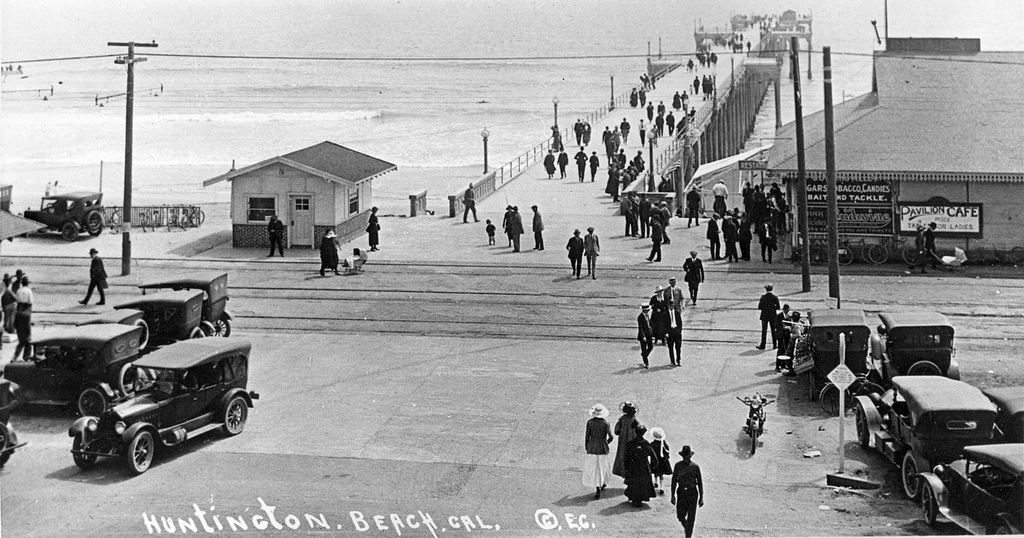
“A third strike in 1933 had world wide impact because of the new techniques it demonstrated. Up until that time, drilling had been on he near-vertical, directly over an oil pool, With the invention of controlled directional drilling, first used successfully here to tap the tide land pools, a well could be drilled on a slant, in any desired direction. Within a year, 90 wells were producing from tall rigs along the coastline.
These bobbing pumps remained the symbol of coastal Huntington Beach for many years and were frequently used as background for movies, including “Giant.” Now, most are gone or masked by plantings.
A final oil strike came in 1953.”
– From a Brief History of HB, by Barbara Milkovich, 1986

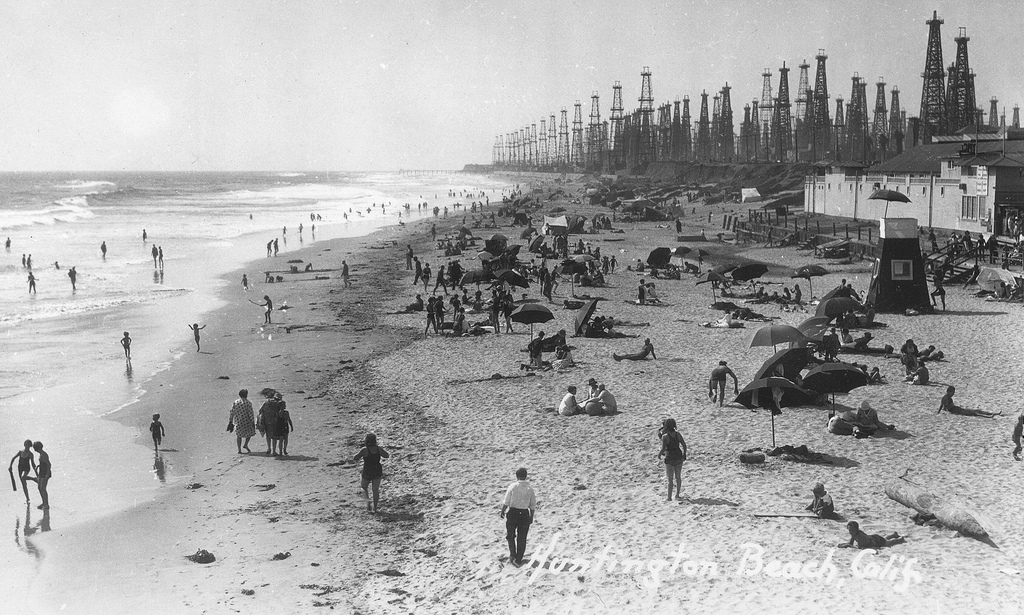
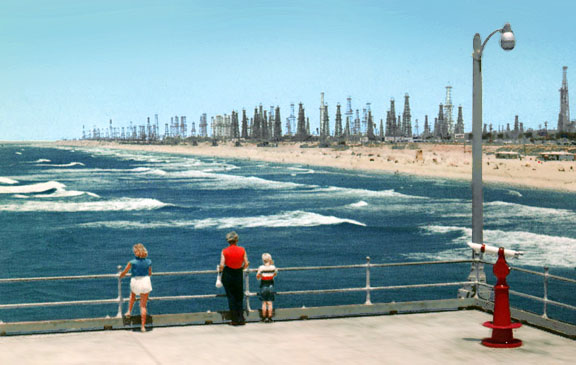
“Cal Nagel says, “It may have been ‘a stinkin oil town’ to the outsiders, but for the natives it was a comfortable small town of about 5,000 people. Before, we knew each other; now, the bigger the city has become, the more isolated everyone is.”
In 1970 Huntington Beach was the fastest growing city in the U.S. and the largest city in land area in Orange County. Today (1976) Huntington Beach has a population of over 150,000 in its 25 square mile area. It now has over 30 elementary schools, four high schools, and Golden West College.
Two recently completed projects are the new civic center and library, and a partially completed 400 acre Central park. The expenditures for these projects are subjects of debate.”
– From the 1976 Discoveries magazine.
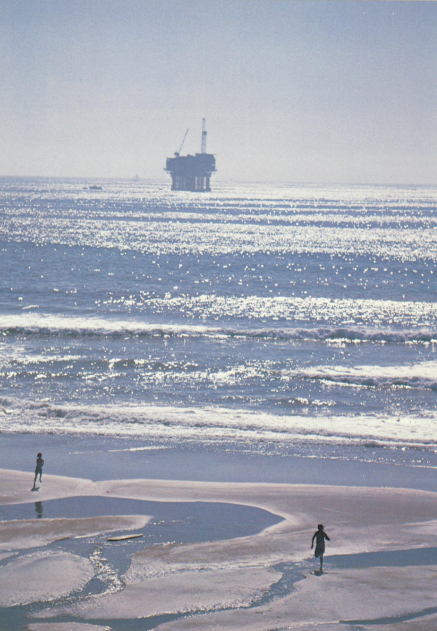

—
—
Photos/Sources:
Orange County Archives: Pier 1930s, Orange and Oil, Brea Oil Field, & View from HB Pier
Jan 28, 1940 by former LA Times staff photographer Ted Hurley
1960s full-color pier shot by StockTeam
Oil Pie Chart from the 1981 HB City report on Oil Operations
1976 offshore rig from a fully-scanned article in the 1976 Discoveries magazine
Modern day offshore rig by Neil Armstrong2
cc
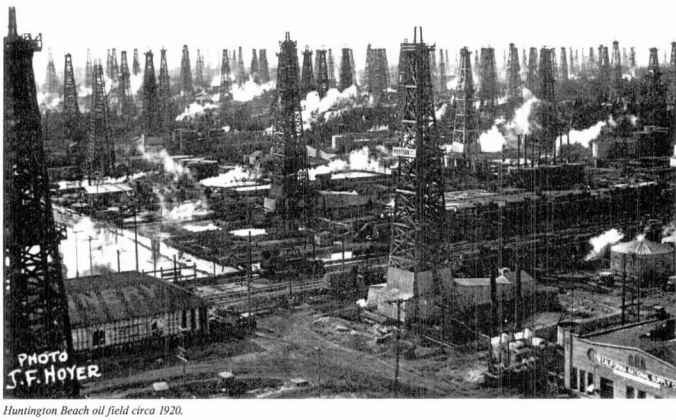
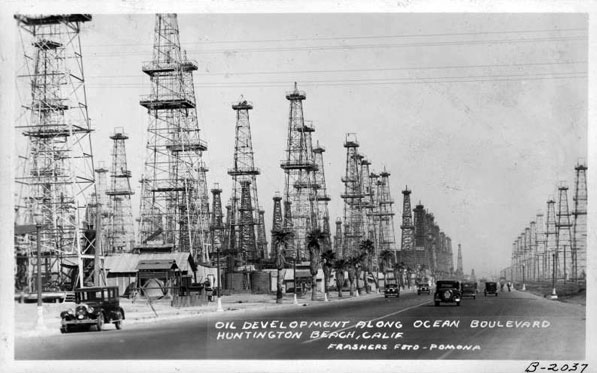
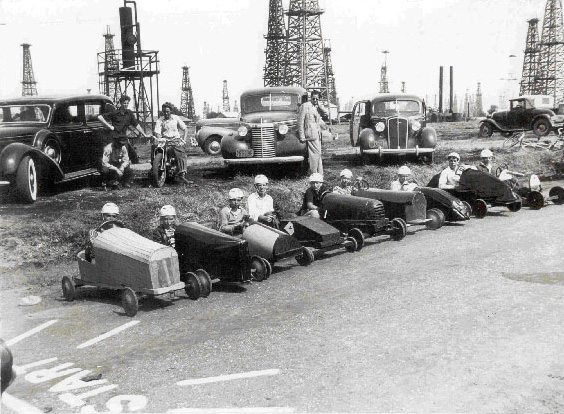

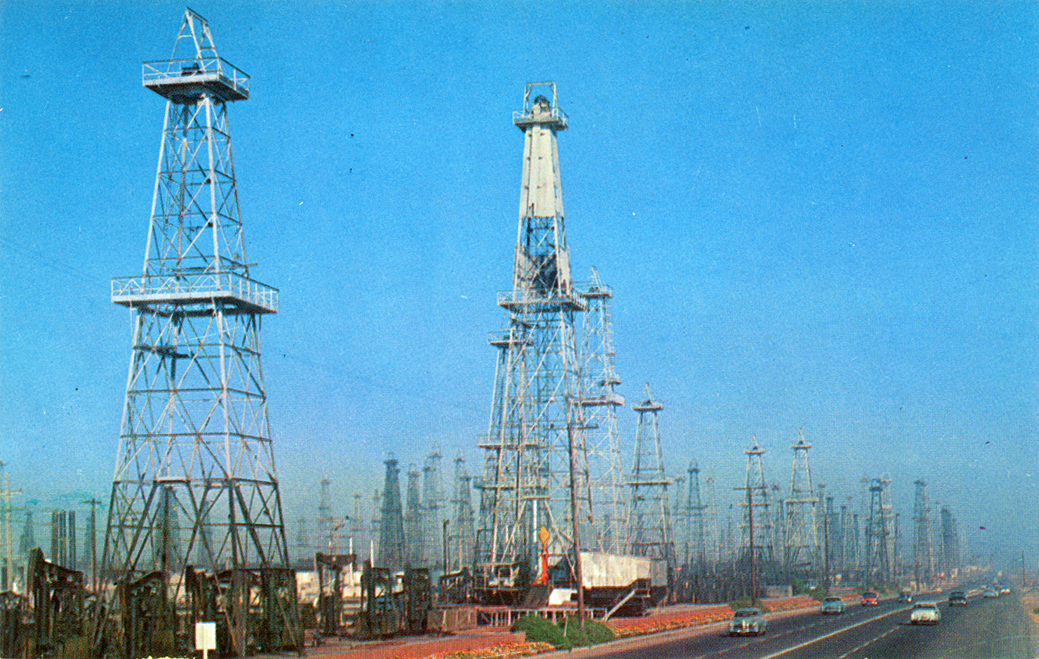
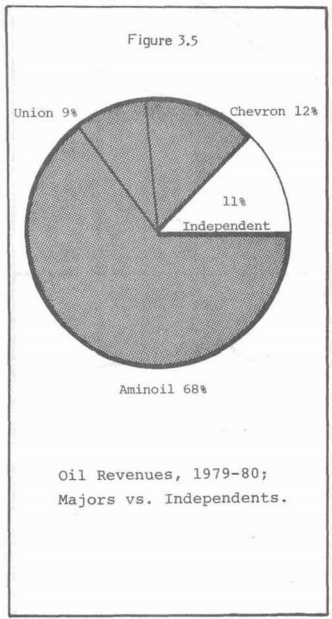
Leave a comment